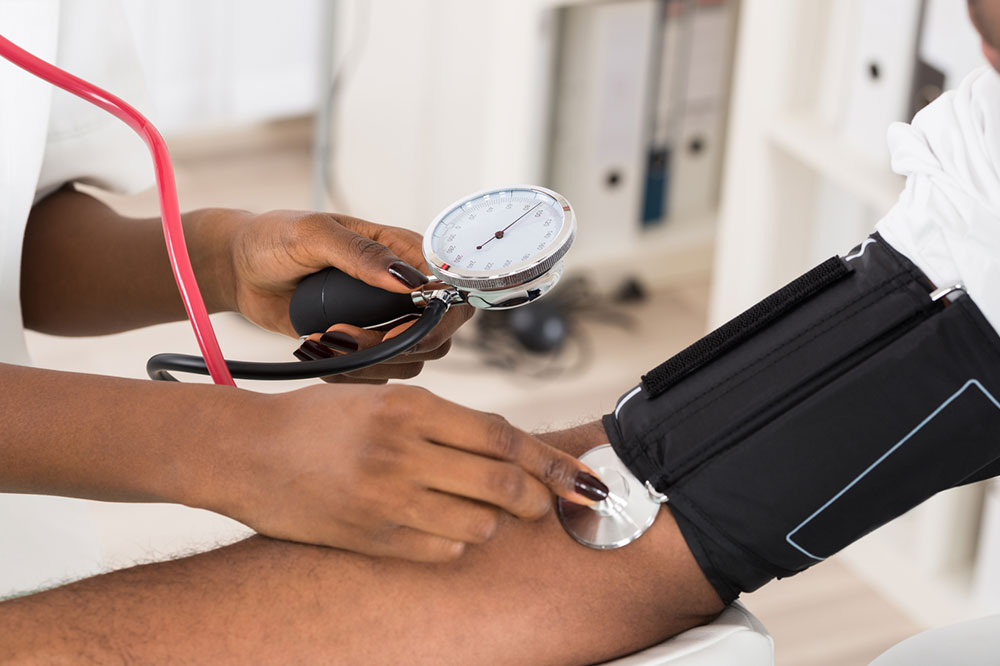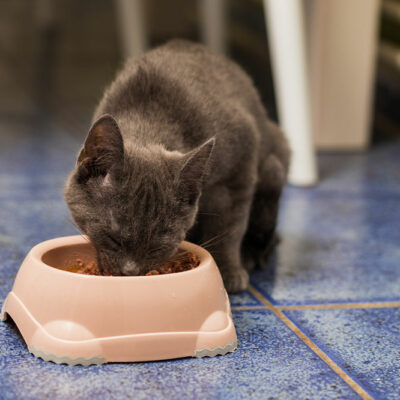
Lesser Known Symptoms of Pulmonary Arterial Hypertension (PAH)
Pulmonary arterial hypertension (PAH) is a rare disease caused by high blood pressure in the arteries of the lungs that carry oxygen from the heart’s right side to the other parts of the body. It’s a progressive disorder that can affect the patient’s reasonable quality of life due to its symptoms like shortness of breath, fatigue, chest pain, and dizzy spells. While these are the common early signs of PAH, there are symptoms of this disease that many people may not be aware of.
Swelling in legs, hands or belly
Since the patient’s heart cannot pump enough blood, it results in the retention of fluid. The fluid then invades the alveoli replacing the air and doesn’t allow oxygen to reach the other organs. This condition causes swelling in the hands, ankle, legs, feet, or abdomen.
Blue lips
Oxygen is responsible for pumping the healthy red blood cells through the body, and that’s what keeps us going. But the red blood cells of a PAH patient carry inadequate amounts of oxygen, resulting in a pale, blue complexion. In the most severe cases, the lips of the patient turn blue.
Irregular heartbeat
A PAH patient’s heart works twice as hard to pump oxygen resulting in high blood pressure. Gradually, due to the wear and tear of the heart muscle, it’s posed with a high risk of failure.
Coughing blood
PAH patients developing a chronic cough is rare but possible, regardless of the patient’s familial history. It starts with dry cough and wheezing followed by physical exertion, and it can gradually turn into an irreversible lung disease.
Risk factors that contribute to PAH
Women aged between 30-60 are more likely to fall prey to PAH. Factors contributing to this condition include family history, genetic defect, obesity, substance abuse, heart and lung disease, and living in high altitudes.
Heart or lung disease
A person already suffering from heart or lung disease is more prone to develop PAH since their organs are already overtaxed with their daily function. A blood pressure patient’s heart has a weak left side, and a patient with a lung problem lacks oxygen supply.
Blood disorders
When the blood vessels are narrowed, destroyed, or form clots in the lungs, the lung capacity of flowing blood reduces. This damage demands the arteries to pump more blood resulting in extra pressure and effort.
Other conditions associated with PAH include liver disease, scleroderma, HIV, and long-term use of appetite suppressant drugs. PAH is a progressive disorder that needs a doctor’s attention at an early stage to prevent as much damage as possible. If not addressed in time, PAH could even lead to heart failure. As for the treatment, the doctor’s course highly depends on the related cause and severity of symptoms and other related diseases.


